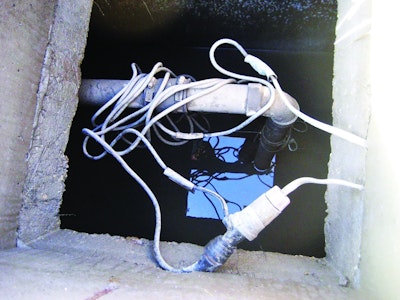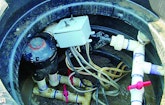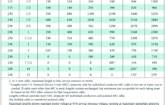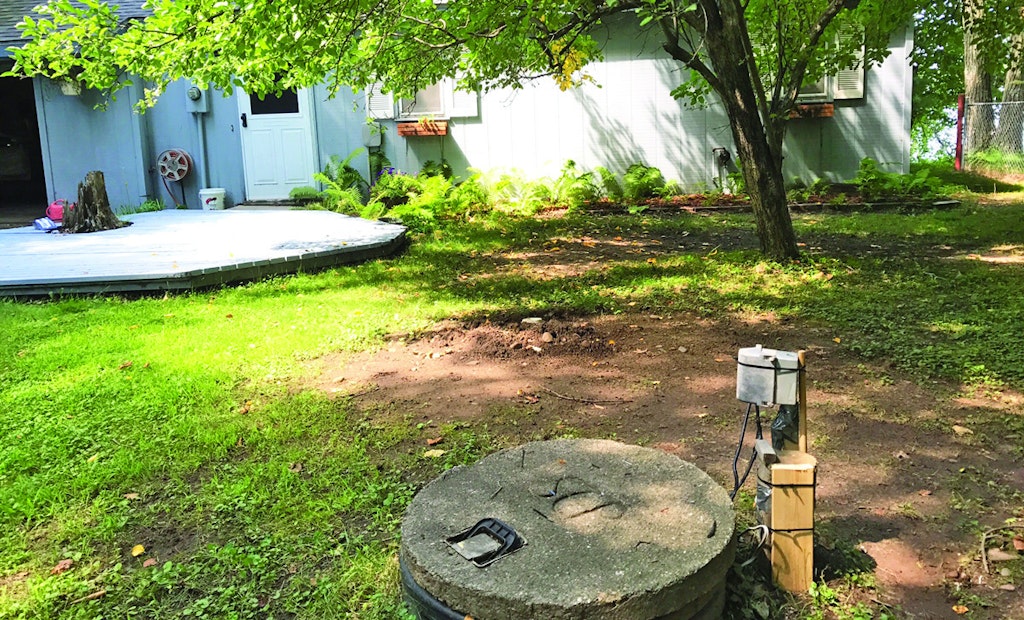A complete pumping system includes a pump tank, pump and controls. The first issue is that the tank must be watertight and constructed of materials that will not corrode or decay. The access for the pump and other components should come to the finished grade. In addition, the...
Follow These Keys to Reliable Pump Installation
For trouble-free service, ensure secure connections and watertightness from the electrical source to the pump components
Popular Stories
Discussion
Comments on this site are submitted by users and are not endorsed by nor do they reflect the views or opinions of COLE Publishing, Inc. Comments are moderated before being posted.









